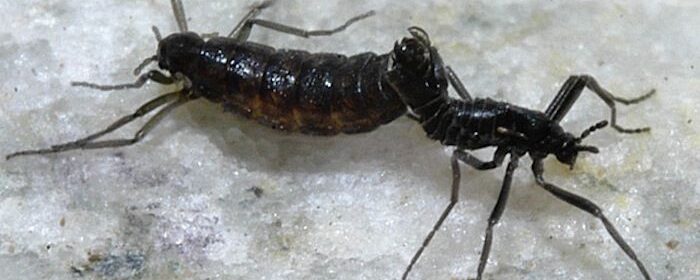Antarctica’s Native Insect

|
Getting your Trinity Audio player ready...
|
Antarctica’s native insect, the Antarctic Midge is a flightless insect that can survive nine months frozen at temps of at least negative 15 degrees Celsius. It loses about 70% of its body fluids and can live for about a month without oxygen. The midge survives because of its combination of rapid cold hardening and warm temperatures in its underground habitat. Researchers are hoping to study this insect to eventually help in human survival of extreme temperatures.
Researchers did testing of the larvae they found in seal and penguin excrement. Part of the study put the larvae through different freezing conditions. Some were frozen at 2 degrees Celsius for the term of the study, some were frozen from 2 to -9 degrees at once, and the last group were subject to cold hardening where they were frozen from 2 to -5 and then after 24 hours they were then put to -9 degrees Celsius. The researchers found that the ones put in the cold hardening were able to come back from stress faster than the other groups. The cold hardening group also managed to exhibit higher metabolic rates while they were recovering. Antarctica’s native insect has no problem surviving in these extremes.
Scientists are hoping that this study will help them develop a better way to preserve human organs for transplants and help fight disease.

 Print
Print